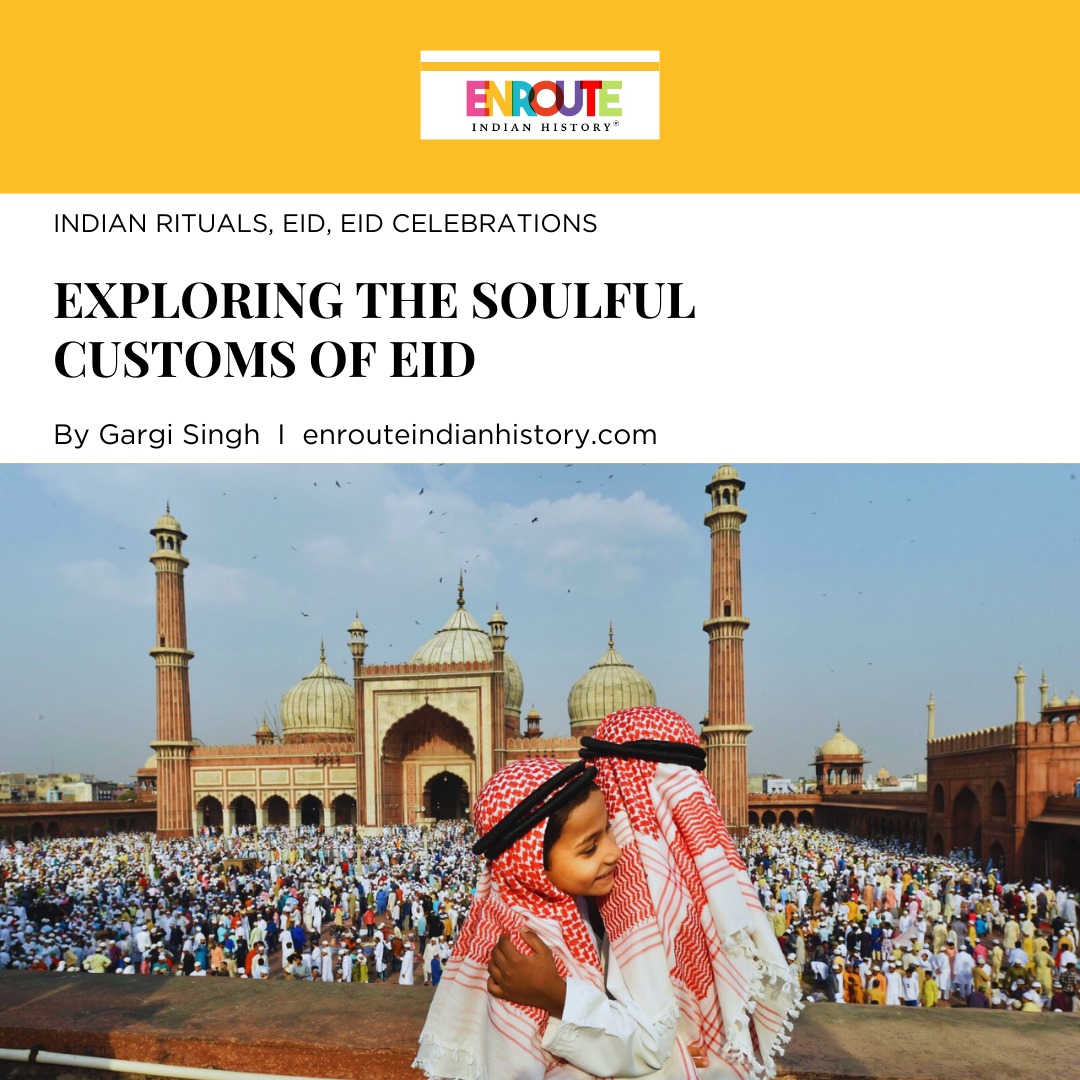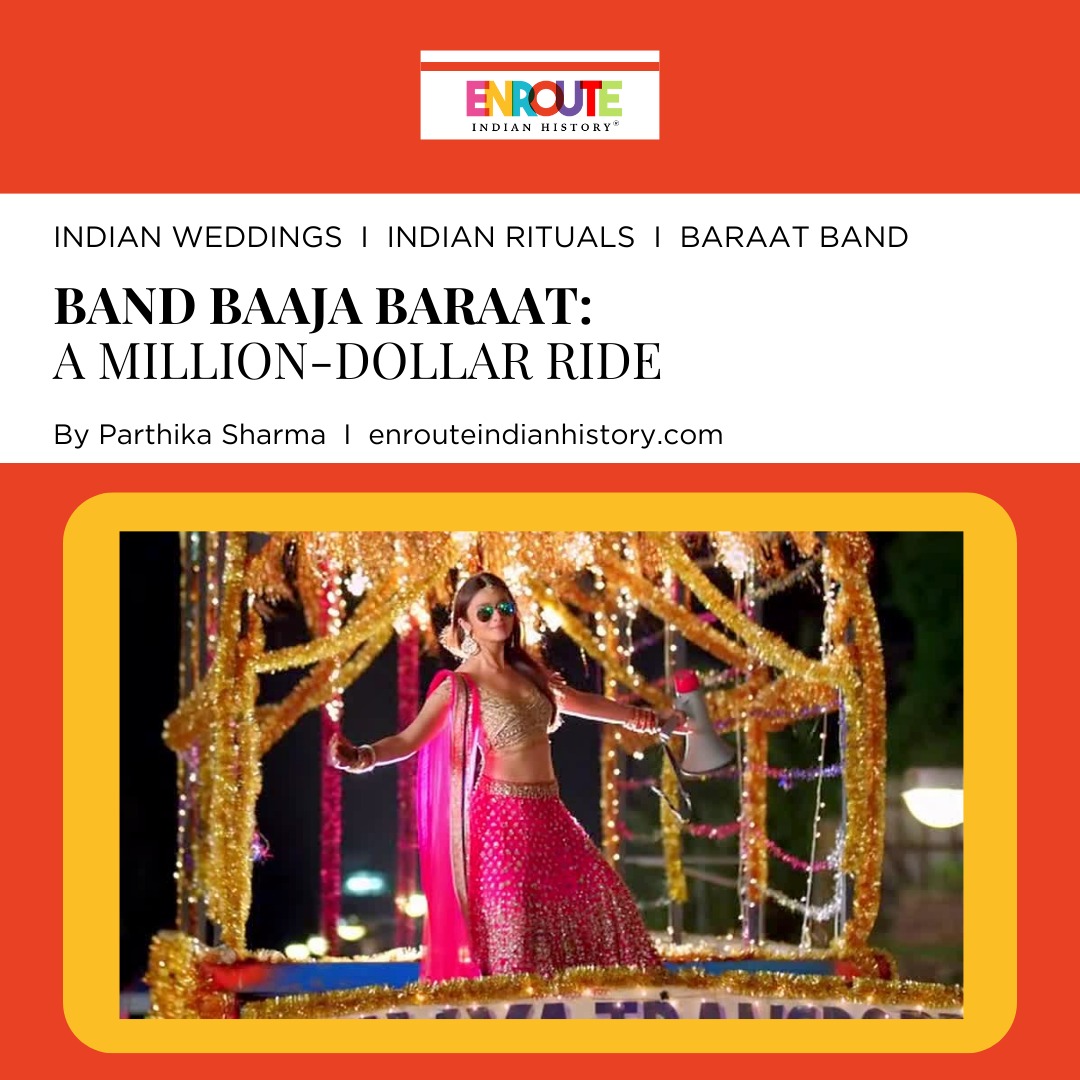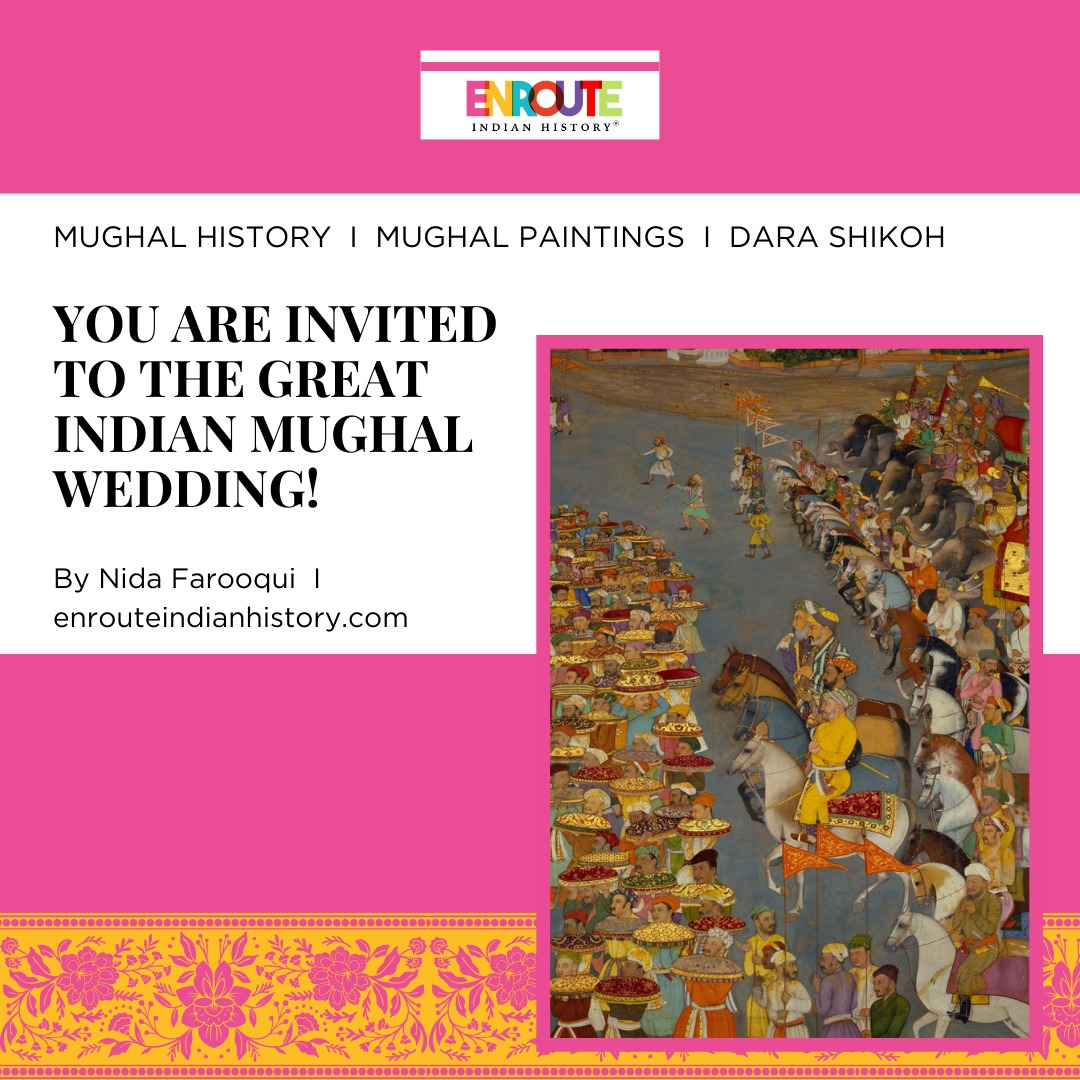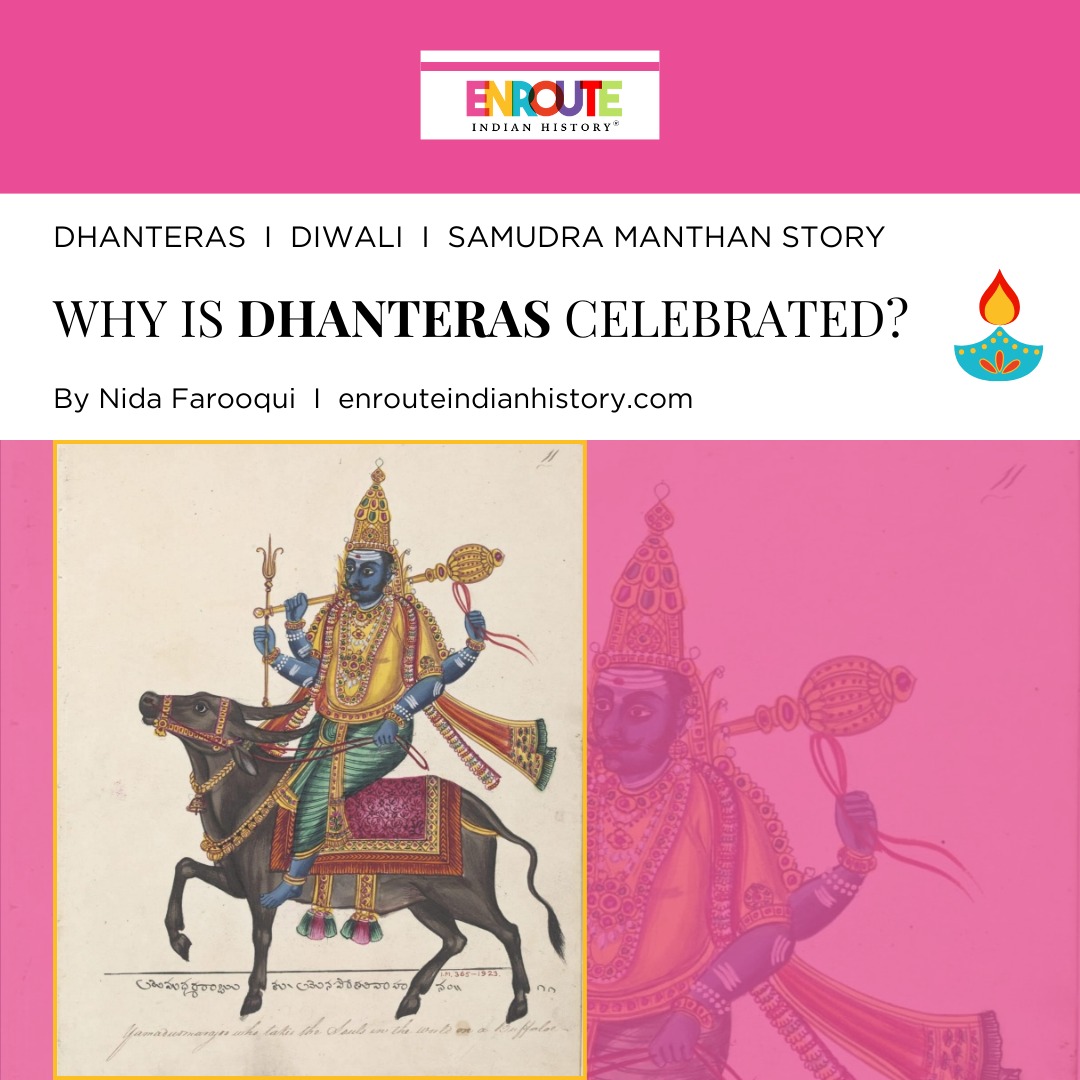
Diwali, a Hindu festival of lights, symbolizes the victory of good over evil and unites loved ones with myths and joy. It is celebrated at the Nizamuddin Dargah, a famous Sufi shrine in New Delhi, India. Nizamuddin Auliya, a revered Sufi saint, is deeply influenced by Hinduism and transcends religious boundaries. The festival is also celebrated in the Mughal dynasty, with grand feasts, displays, and fireworks. The Dargah of Nizamuddin Auliya, a historical connection to the Mughal era, hosts various festivals, including Eid-e-Charaghan, where Hindus and Sikhs celebrate with diyas and sweets. Devotees gather to seek blessings from Hazrat Nizamuddin and sing praises of Lord Krishna and Nizamuddin Auliya, promoting unity and coexistence in India.
“hai dasahre meñ bhī yuuñ gar farhat-o-zīnat ‘nazīr’
par divālī bhī ajab pākīza-tar tyauhār hai”
Sher by Nazeem Akbarabadi
Following the exuberant and festive occasions of Navratri and Dussehra, the next celebration on the horizon is Diwali, a festival that signifies the triumph of good over evil and is often referred to as the festival of lights. In Hindu culture, This day holds immense significance as it is dedicated to the worship of Goddess Lakshmi, the divine embodiment of wealth, prosperity, and abundance. Hindus across the world come together to pay homage to this revered deity on this special day. Diwali, the festival of lights, is a joyous occasion celebrated by various communities, including the Sikhs and the Jains. One of the most cherished traditions of this delighted celebration is the lighting of oil lamps, which continues to hold great importance in present times. Diwali, derived from the Sanskrit word “Deepavali,” translates to “row of lights.” It is believed that Lord Rama, along with his wife Sita and brother Lakshmana, returned to their kingdom of Diwali, also known as the Festival of Lights, which is a significant celebration observed by Hindus around the world. This joyous occasion is marked by various legends and stories that hold deep cultural and religious significance within Hinduism. Lord Rama’s triumph over the demon king Ravana and subsequent return to Ayodhya is one of the most well-known narratives connected with the occasion of Diwali. The Jain festival of Diwali celebrates the time when Lord Mahavira attained nirvana or enlightenment. In Sikhism, however, it is known as Bandi chorh diwas which marks the release of Guru Hargovind Sahib from jail. Diwali, a festival steeped in myths and legends, is a joyous occasion that brings friends and families together. During festive seasons, it is customary for people to exchange gifts and sweets as they visit each other’s houses. This tradition of generosity and sharing brings joy and strengthens social bonds among individuals and communities. These bonds of spirituality are what make the celebration of Diwali at Nizamuddin Dargah significant in the social diaspora.
The Shrine of Nizamuddin Dargah holds a significant place in the hearts of many as a renowned Sufi shrine situated in the Nizamuddin area of New Delhi, India. The tomb of Nizamuddin Auliya is the final resting place of a highly esteemed Sufi saint. Revered by many in the Islamic world, Nizamuddin Auliya’s tomb stands as a testament to his enduring legacy. The site is of immense religious and spiritual value to Muslims, who hold it in high regard due to its association with Sufism, blessings, and divine intervention.
Nizamuddin Auliya: A Sufi Saint Who Transcended Religious Boundaries

Naqsha (drawing) of Nizamuddin Auliya Dargah by Mazhar Ali Khan from the album of Thomas Metcalf 1843.
In the realm of Hinduism, there exists a belief held by many that Nizamuddin Auliya, a prominent figure in Sufism, was not only a revered saint but also a beacon of unity and compassion. This Sufi mystic is said to have surpassed religious boundaries, dedicating his life to the upliftment of all individuals, irrespective of their faith. Nizamuddin Auliya, born in 1238 CE in present-day Afghanistan, was a renowned Sufi saint who made a profound impact on the spiritual landscape of the Indian subcontinent. His teachings and actions continue to resonate with millions of people, particularly those who follow the Hindu faith. Sufism, a mystical branch of Islam, emphasizes the pursuit of a direct and personal connection with the divine. Nizamuddin Auliya embodied this philosophy, going beyond the confines of religious labels to embrace the essence of humanity. He believed that the path to spiritual enlightenment could get rid of self-conceit. The shrine’s ability to draw visitors from various religious backgrounds is a testament to its universal appeal. People from all walks of life flock to this sacred place to seek the blessings of the saint and offer their heartfelt prayers.

Nizamuddin Dargah painting by Ghulam Ali Khan ca. 1852-54
The Shrine of Nizamuddin Dargah boasts a fascinating and extensive history, with historical records suggesting that its existence spans an impressive period of over 700 years. Hazrat Nizamuddin Auliya left an indelible mark on the hearts and minds of his followers. His teachings centered around the profound concept of universal love and harmony, attracting individuals from diverse religious backgrounds. The construction of the shrine took place following his demise, transforming it into a revered destination where individuals flock to pay their respects and present their heartfelt prayers. The Shrine’s caretakers of this sacred place have dedicated themselves to preserving an environment that fosters peace and harmony. The shrine continues to serve as a destination for pilgrimage, attracting Muslims, Sikhs, Christians, and Hindus who seek the blessings of the saint and offer their prayers. The site has gained popularity among tourists who are drawn to its stunning architecture and the opportunity to delve into the area’s fascinating history and culture.
Eid-e-Charaghan

Jashn-e charaghaan
Diwali, also referred to as Jashn-e-Charaghaan is a festival that holds a special cultural and historical connection with the city of Delhi. The Mughal dynasty, which included prominent rulers like Akbar, Muhammad Shah “Rangila,” and Bahadur Shah Zafar, holds a notable reputation for their grand celebrations of Diwali. This festival, known for its vibrant festivities, is marked by the Mughals with extravagant feasts, dazzling displays, and mesmerizing fireworks. Even the last Mughal Emperor, Bahadur Shah Zafar, continued this tradition, ensuring that Diwali remained a cherished occasion for the Mughal dynasty.
The Dargah of Nizamuddin Auliya is known for its historical association with the Mughal era and is known for its syncretic culture of celebrating festivals like Eid, Basant Panchmi, Holi, and Diwali. The Sufi poet and student of Mehboob-e-Ilahi Khwaja Nizamuddin Auliya, Amir Khusrau, wrote several poems in Persian and the Braj language honoring “Rang” alongside his adored guru, Auliya. In a tasteless (verse of three lines) written in Pahlavi, he asserts that the “Roshni-e-Zeest” was also very dear to him. He writes,
“Zee astin rang-e-zeest
Zee astin roshni-e-zeest
Barmala mee azghaf jashn-e-durai”
“One festival bespeaks colours of life and another one enumerates upon the light of life
Ergo, these two festivals are so dear to me”
Every year, the Dargah witnesses the lighting of lamps, adding a touch of festivity to its sacred atmosphere. In a fascinating piece of photographic evidence dating back to the year 1958, we catch a glimpse of a momentous Diwali celebration.
The photograph captures the renowned Lala Sahai Ram, the visionary behind the beloved Aneja Restaurant located in Nizamuddin East Market, as he proudly showcases his delectable assortment of “khoye ki mithai” or milk sweets. This captivating image offers a captivating window into the festive atmosphere that enveloped Nizamuddin, Delhi on that auspicious Diwali morning in 1958. The celebration is called Eid-e-Charaghan as said by one of the Gaddi Nasheen of the Dargah. Every year, Hindus and Sikhs gather at the dargah to celebrate the festival of lights by lighting diyas and sharing sweets. In a heartwarming display of love and brotherhood, locals come together to lend a helping hand and participate in the celebrations of others. This beautiful gesture not only fosters a sense of community but also spreads feelings of joy and unity. On this special occasion, devotees flock to seek the blessings of Hazrat Nizamuddin and illuminate the entire vicinity of the dargah. In addition to their visit to the shrine of Hazrat Nizamuddin, devotees would often bring diyas or candles back to their homes as a way to carry blessings.

Diyas on the corners of shrine
The Ganga-Jamuni tehzeeb, a cultural amalgamation of the Ganges and Yamuna rivers, is a testament to the rich diversity and harmony found in India. This unique blend is beautifully showcased through the resonating voices of qawwals, who sing praises of both Lord Krishna and Nizamuddin Auliya. This fusion of religious traditions encapsulates the essence of unity and coexistence within Indian society. Nizamuddin: A Place Where the Light Shines for All In the bustling neighborhood of Nizamuddin, a beacon of light illuminates the lives of its residents and visitors alike. This vibrant community, embraces diversity and inclusivity, ensuring that everyone enters its boundaries.
References
- “Diwali – Google Arts and Culture.” Google Arts & Culture, artsandculture.google.com/project/diwali.
- Zikr-E-Dilli. “Diwali Morning of Nizamuddin, 1958.” Zikr-e-Dilli, zikredilli.com/delhi-depository/f/diwali-morning-of-nizamuddin-1958.
- “Nizamuddin Dargah Information.” Sacred Sites: World Pilgrimage Guide, sacredsites.com/asia/india/nizamuddin_dargah_information.html.
- December 4, 2023
- 9 Min Read

























